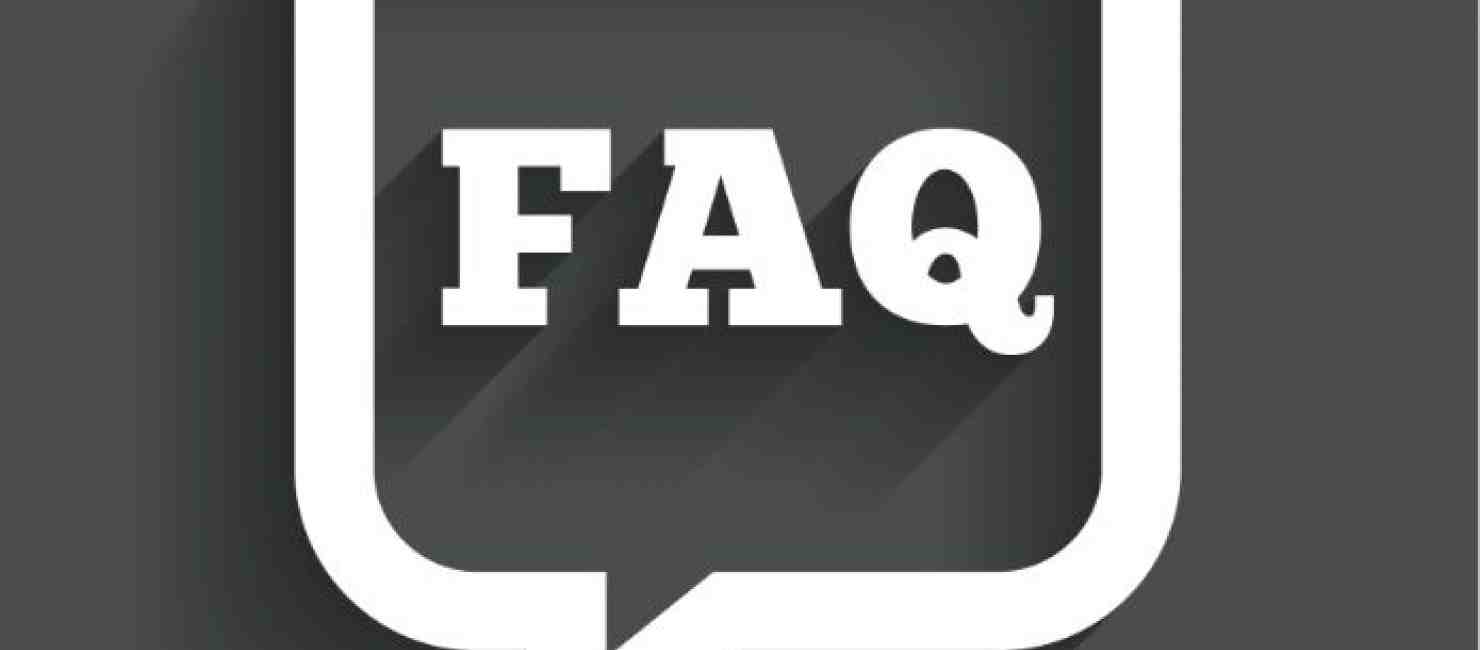Can child sexual abuse involve a child abusing another child (COCSA)?
YES. Over 70% of child sexual abuse cases that result in charges are by another youth struggling with their own problematic sexual behaviors (under the age of 18) [1]. These cases are also referred to as child-on-child sexual abuse, or COCSA.
What is Child-on-Child Sexual Abuse or COCSA?
Although children can never consent to any sexual activity, some sexual behaviors are developmentally expected and appropriate between children. However, there are other times when a child or teen engages in behavior that involves force, coercion, or threats; the absence of consent; and/or a significant difference in age, stature, power or position of authority, or developmental ability which would indicate that the sexual behavior is inappropriate and potentially harmful. As such, we often use the language sexually harmful behaviors or problematic sexual behavior to describe the sexual behavior of children and adolescents that is considered developmentally inappropriate [2].
How are COCSA Cases Treated?
Children and adolescents are not just small adults, and when warranted, their sexually harmful behaviors are treated with different clinical interventions than adults who sexually abuse children. Youth who have caused sexual harm to another youth are at a point in their development where problem behaviors can be halted through effective intervention strategies, with an emphasis on the earliest intervention possible. Specialized treatment is important for youth with sexual problem behaviors. After completing treatment, youth who have sexually harmed another child do not typically continue to engage in sexually abusive behavior; only about 7% of these youths commit a new sexual offense [3].
Learn More
- Signs That a Child or Teen May Be At-Risk to Harm Another Child
- Online Help Center: Children's Behaviors
-
Ask Now! Advice Column: Behavior in Children and Adolescents
Return to FAQs
_______________________________________________________________________
References
[1] Gewirtz-Meydan, A., & Finkelhor, D. (2020). Sexual Abuse and Assault in a Large National Sample of Children and Adolescents. Child Maltreatment, 25(2), 203–214. https://doi.org/10.1177/1077559519873975
[2] Malvaso, C. G., Proeve, M., Delfabbro, P., & Cale, J. (2020). Characteristics of children with problem sexual behaviour and adolescent perpetrators of sexual abuse: a systematic review. Journal of Sexual Aggression, 26(1), 36-61. https://doi.org/10.1080/13552600.2019.1651914
[3] Murphy, W. D., Page, I. J., & Hoberman, H. M. (2016). Adolescents who have engaged in sexually abusive behavior: An overview. Sexual offending: Predisposing Antecedents, Assessments and Management, 185-212. https://doi.org/10.1007/978-1-4939-2416-5_9

